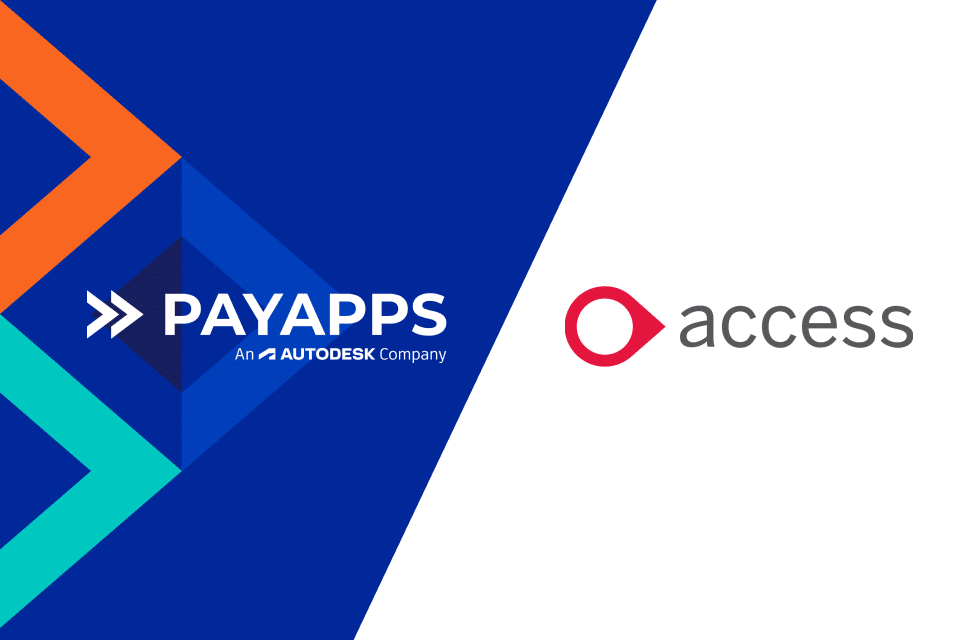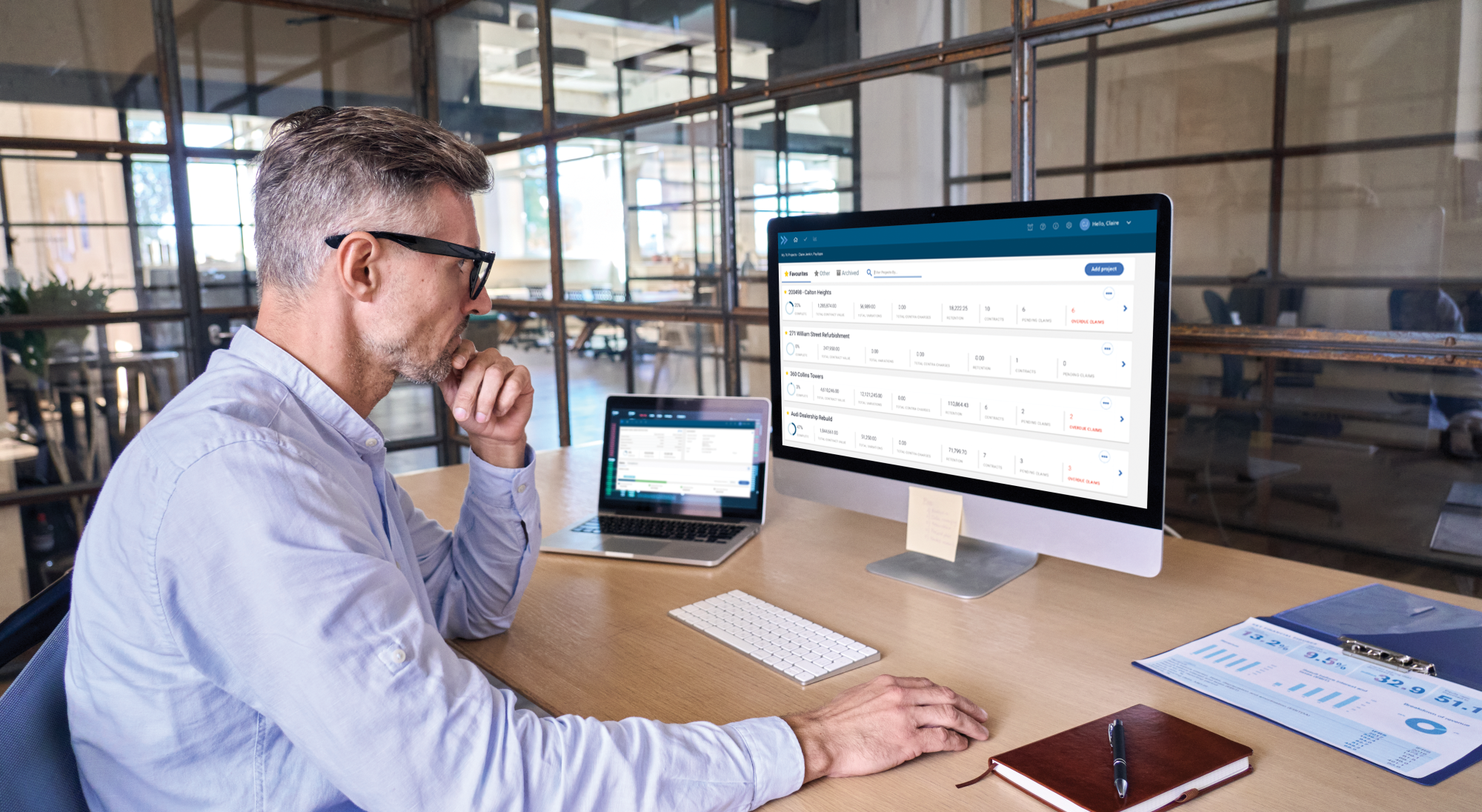The total number of risks which can be identified for any construction project is very great indeed. With so many moving parts within every construction project, those in charge should always have a robust risk management strategy in place.
These risks can generally be divided broadly into six main categories, which we will cover in this blog, along with how to help mitigate these.

1. People
People are often your greatest asset but can also be your greatest liability. The current shortage of skilled labour is becoming a real issue in the UK construction industry. The combination of Covid-19 and Brexit is having a huge impact on workers coming in from the EU with reports suggesting demand is currently at a 20-year high. Fundamentally, if you can’t get enough workers on-site, your project is in real jeopardy.
Even when you do manage to recruit the workforce, you then have to worry about the quality and productivity of those individuals. Any number of things can affect the performance of your workers, and it is the responsibility of the management team to anticipate what these may be and remove or reduce the impact.
Tip: Ensuring that your company is progressive and embracing the latest technologies will assist with attracting and retaining the best talent.
2. Compliance
Not surprisingly there are many rules and regulations which must be followed on any construction site in order to ensure the safety of the workers on-site and the end-users of the build. Stringent guidelines also need to be adhered to on how companies should interact with each other, especially how large firms treat their smaller sub-contractors, like the Construction Act for example.
Poor practices can lead to poor quality which will undoubtedly cause problems further down the line. However, an even more important issue is the health and safety of the workforce. With the second-highest mortality rate in the UK by sector, there is obviously more that can and should be done to manage the risk to workers. There is strict legislation within the Health and Safety at Work Act 1974 to protect workers in all industries, yet a poll conducted by Safetybank revealed a dangerous lack of workplace standards with many companies failing to comply with even the most basic of health and safety laws. The risk to life is worryingly high and needs to be at the forefront of minds, but companies also need to consider the risk to their organisation with hefty penalties for any business that is found to be lacking in their compliance.
Tip: Have robust processes and systems in place to manage the compliance of both your own organisation and your supply chain, particularly around insurances and head and safety certification.
Project Management
Far from being construction-specific, this is important for all projects in any sector. There is often a set order for works to be completed and a delicate balance needs to be reached to ensure workers are not under-utilised or being pulled between two tasks at one time. Add into the mix the delivery of materials, supplies and sub-contractors required on-site, the project plan is very important to ensure the smooth running of the build and to avoid unnecessary costs and delays.
Tip: This is an area where utilising technology is particularly useful, with cloud-based systems allowing multiple parties to view the plan as it is updated and communications can be quickly and easily delivered from individual to individual.

Documentation
Astonishingly, according to Digital Builder, 40% of construction companies are still predominantly paper-based. With the number of times documents will need to be accessed, not to mention updated and amended, trying to wade through mounds of manual documents is hugely time-consuming and the risk of working from outdated documentation is a real problem.
Tip: Again, cloud-based construction software to manage the documentation is the perfect solution. With the latest version of all documents at the fingertips of those that need it, when they need it, the risks decrease massively and everyone can work much more effectively and efficiently.
Reporting
Reporting errors or inconsistent methods of reporting can cause huge problems. In order for a reporting system to work, issues must be reported in the same format using the same method to ensure everyone has the correct information. Paper-based reporting can cause delays – if something is spotted on-site and the individual needs to wait until they are back in the office before recording the details, it can lead to incorrect or missing information. Or, worst-case scenario, the individual forgetting to log the issue when they return to the office. For a construction business to run efficiently and profitably, leadership teams require real-time visibility of and liabilities or issues before they reach crisis point.
Tip: Good software for issue reporting will enable individuals to record the details immediately using their phone or tablet, will include a standardised form to be completed to ensure all relevant details are taken down and will mean that other people who are impacted by the issue, will learn of it immediately.
Disputes
Unfortunately, disputes are common within the construction industry and can be very costly for the parties involved. From poor quality of work to payment delays, there are many reasons for disputes to arise but unfortunately one of the primary causes is generally administrative issues, which frustratingly are also one of the easiest to remedy. The latest Arcadis Global Construction Disputes Report, the average global value of disputes is a staggering $33m which is a crippling amount for many companies.
Tip: A relatively small investment into digitalising all administrative and payment processes can reduce this risk substantially.
Risk management is a systematic process generally consisting off our steps: identification, assessment, mitigation and monitoring. The more risks you can diminish in the mitigation stage, the less time and effort will need to go into the final stage of monitoring. Technology can play a big part in mitigating many of the risks we have identified above.
At Payapps we can help to do this for your payment processes. With all information stored in a cloud-based system, all parties can view the status of an application for payment at any time. Documentation is submitted in a standard format to the system, and all communications are stored alongside the application, removing the need to trawl through email after email to find the information you need. As well as this, our handy reminders help you to stay on top of your dates and deadlines, ensuring you hit each and every milestone.





